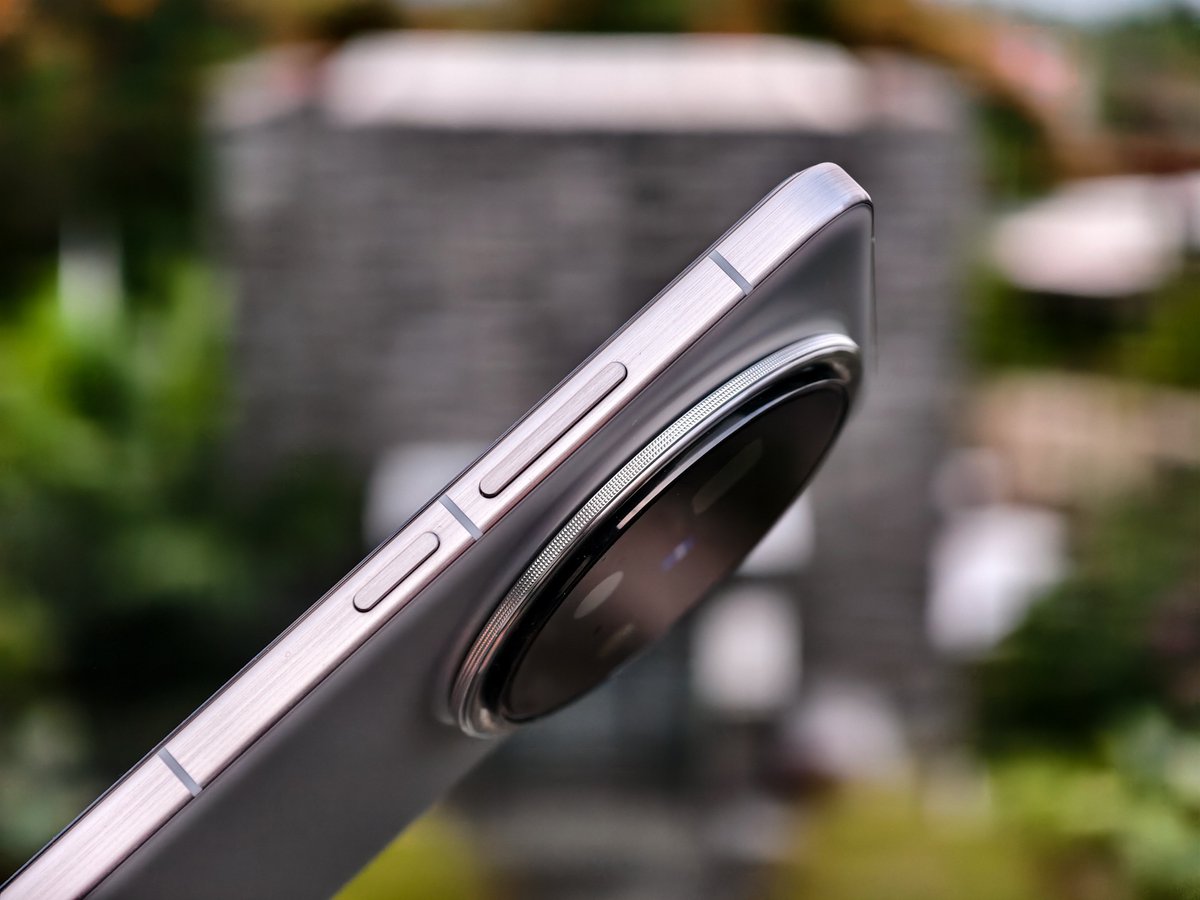Sony introduces its new electric car concept, the new VISION-S 02 SUV.
Sony also announces a new division for them to build electric cars, Sony Mobility. It is a new area for Sony to merge all their mobility technologies into their cars.



Sony also announces a new division for them to build electric cars, Sony Mobility. It is a new area for Sony to merge all their mobility technologies into their cars.




Sony's Vision-S UX Concept
• So many sensors and advanced tech
• 40 total sensors
• Lane Change Proposals
• 360 Reality Audio with Individual Seat Speaker



• So many sensors and advanced tech
• 40 total sensors
• Lane Change Proposals
• 360 Reality Audio with Individual Seat Speaker




• Seamless Navigation
• Oval Concept Design with a panoramic screen, digital side mirrors, and more, built to minimise eye movement
• Intelligent Riding Experience with a continuous connection to the cloud + Digital Twin
• Vision-S Link for real-time data synchronisation



• Oval Concept Design with a panoramic screen, digital side mirrors, and more, built to minimise eye movement
• Intelligent Riding Experience with a continuous connection to the cloud + Digital Twin
• Vision-S Link for real-time data synchronisation




VISION-S – Concept Movie
VISION-S – Product Movie
• • •
Missing some Tweet in this thread? You can try to
force a refresh




























































